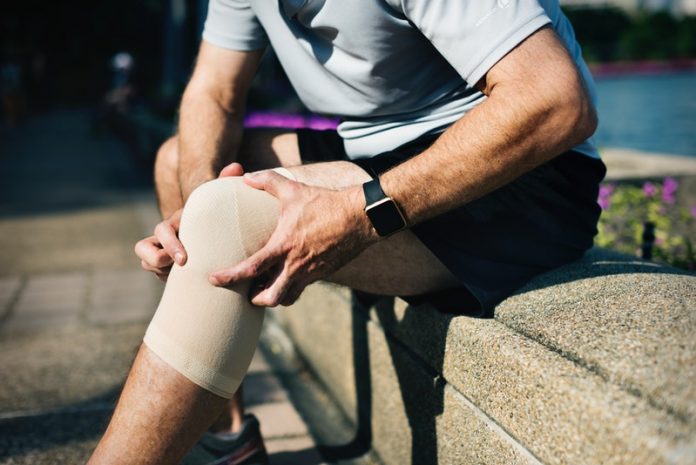
Many people start to feel pain and stiffness in their joints as they get older, often when they’re 45 to 50.
The condition is called arthritis, and it is one of the most common diseases in the U.S.
The two most common types of arthritis are osteoarthritis and rheumatoid arthritis (RA).
They closely resemble each other when symptoms arise, but they also have different causes, symptoms (eventually) and treatments.
David Fox, M.D., a professor at the University of Michigan Medical School, provides important information about arthritis.
According to him, inflammation can contribute to both types of arthritis.
Similar symptoms include the reduced ability of motion, stiff joints, warmth or tenderness at the afflicted area, and intensity of symptoms in the morning.
Both diseases are chronic and have no cure.
But the two diseases have a different nature.
RA is an autoimmune disorder, in which the immune system thinks the healthy synovial membrane within the joints is a threat targeting several joints at once.
In addition, RA can develop quite fast. Patients may have disabilities, deformed joints and may need to walk in a bent position.
They may feel symptoms in the same spot on both sides of the body, often in the joints in the feet and hands.
Common risk factors for RA include genetic, environmental, hormonal factors. The condition is linked to smoking and obesity. Early treatment is very important.
Treatments of RA include ibuprofen and other nonsteroidal anti-inflammatory medications to reduce swelling and pain.
Drugs that can suppress the immune system may help treat RA.
Osteoarthritis is a degenerative condition resulting in wear and tear on the joints that destroy cartilage over a lifetime. It often gets worse slowly with age.
Physical activities involve repetitive strain on joints may lead to developing osteoarthritis.
Patients who are overweight or who have joint deformities, gout and diabetes have a higher risk of the disease.
Osteoarthritis often begins in an isolated joint, often in the knee, fingers, hands, spine, and hips. One side can be more painful than the other side.
Ibuprofen and other nonsteroidal anti-inflammatory medications can also help to treat osteoarthritis.
Regular exercise, weight management, and no smoking are important for the prevention of both types of arthritis.
Copyright © 2019 Knowridge Science Report. All rights reserved.



